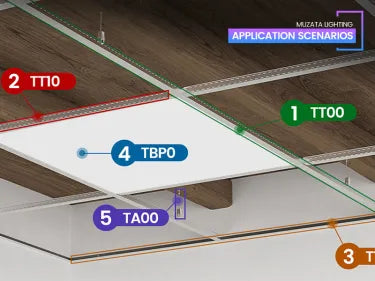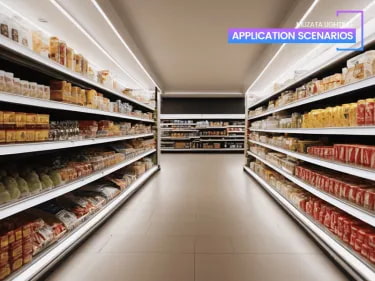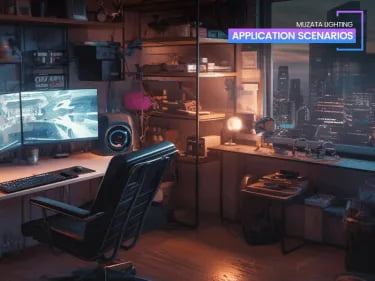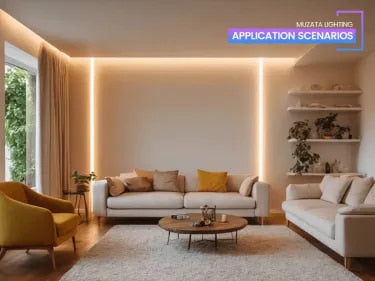TABLE OF CONTENTS
What Is LED Neon?
Neon lighting has long been a staple of modern design, prized for its vibrant colors and ability to create striking accents and signage. However, traditional neon comes with downsides of high voltage requirements, fragility, and containment of hazardous gases. This is where LED neon steps in - offering the iconic neon glow without the hassles. Keep reading to learn all about this modern lighting revolution.

What is LED Neon?
LED neon, also referred to as LED neon flex, is a specialized LED lighting product designed to replicate the look of classic neon tube lighting. It uses LEDs encased in a flexible silicone or plastic diffuser tube to create an even, neon-like glow.
LED neon flex offers these key benefits compared to traditional neon:
- Energy-efficient- LEDs consume far less electricity than neon.
- Durable- The plastic tubing protects the LEDs from damage.
- Low voltage- Typically runs on safe, low voltage 12V or 24V power.
- Customizable- Can bend into various shapes to create custom signs.
- Long-lasting- LED lifespan is 50,000+ hours compared to neon's 15,000 hours.
- Safe- No fragile glass or hazardous gases like real neon tubes.
With the right LED density and tube diameter, LED neon can create stunning neon-like effects for a fraction of the power, cost, and safety concerns.

Applications of LED Neon
LED neon opens up glowing neon accents to endless new applications, both commercial and residential. Common uses include:
- Signage- For business signs, open/closed signs, and decorative displays. Offers neon vibes without permit or installation headaches.
- Accent lighting- Adds pop to wall accents, architectural details, displays, and artwork.
- Decorative lighting- For backlighting furniture, adding color to halls and staircases, or illuminating mirrors and cabinets.
- Outdoor lighting- Adds striking neon color to outdoor spaces like gardens, patios, and gazebos. Durable to withstand the elements.
- Event lighting- Brings eye-catching color to weddings, parties, performances, and conventions. Can create vibrant custom stage designs.
- Display lighting- Highlight merchandise and visual displays in retail stores and museums.
LED neon manufacturer Muzata offers an extensive range of LED neon solutions perfect for any indoor or outdoor setting. Their LED neon flex adds sleek, customizable neon flair to any space.
How LED Neon Works
LED neon replicates neon's visual effect through bright, even illumination of its diffuser tube. By using a dense concentration of LEDs, the light takes on a uniform glow when viewed indirectly.
Most LED neon flex uses a concentration of 30-120 LEDs per foot. Higher densities and smaller tubing diameters further smooth the illumination. The tubing also diffuses the light to hide any visible hot spots from the individual LEDs.
LED neon typically runs on standard 12V or 24V DC power, avoiding the high voltages of neon. It can be cut to size and connected using simple DIY wiring methods. Installation is straightforward, using low-profile mounting clips and connectors integrated into the flexible tubing.
Advantages Of LED Neon VS Traditional Neon Lighting
- Lower energy use - Uses up to 80% less electricity.
- Lower operating costs - More affordable to run long-term.
- Very long-lasting - No need to frequently replace broken tubes.
- Customizable - Can bend into any lettering or shape.
- Durable - Withstands vibration, moisture, and temperature extremes.
- Easy installation - Lightweight and flexible for simple mounting.
- No high voltage - Uses only low voltage DC power. Much safer.
- No glass - Tubes won't shatter and break like real neon.
- No disruption - Unlike neon, no flickering, buzzing, or humming.
- No mercury - Eco-friendly with no hazardous gases to handle.
For most applications, LED neon offers the iconic neon glow with none of the downsides. It's a durable, customizable, and energy-efficient modern lighting solution.
Custom Your LED Neon Designs
One beauty of LED neon is the ability to shape it into custom letters, logos, and lighting designs. Let's look at how to create your own spectacular LED neon signs and accents:
- Pick the right tube size- Smaller diameters like 1/4" create the sharpest lines. Larger tubes like 1" have a softer neon effect.
- Design your layout- Sketch your pattern or use software to visualize the design. Allow room for connections.
- Select colors- Match colors to your decor or brand. Single colors or combine multiple hues.
- Choose mounting type- Adhesive, clips, channels, or vertical supports. Ensure sufficient support.
- Add hardware- Power supplies, dimmers, and DMX controllers enable effects.
- Cut tubes - Leave slack at ends. Follow safety precautions when cutting.
- Connect tubes- Use wiring between sections to complete circuits. Seal connections.
- Apply diffusion gel- Adds further diffusion for softer light if desired.
- Install creation- Mount securely in place. Hide wires and hardware for a clean finish.
With planning and care, you can build LED neon signs and art limited only by your imagination. Companies like Muzata offer custom services to turn concept designs into reality.
Conclusion
LED Neon is a revolutionary LED lighting technology that encapsulates LED strips inside tubular silicone or plastic diffusers to emulate the look of classic neon lighting, offering advantages like extremely long lifespan, energy efficiency, customizability, and easy installation, opening up exciting new possibilities for applications like eye-catching business signage and artistic ambient lighting that were not feasible with fragile, high voltage neon tubes, representing a major leap forward in creativity and potential for modern lighting design.
ABOUT THE AUTHOR
